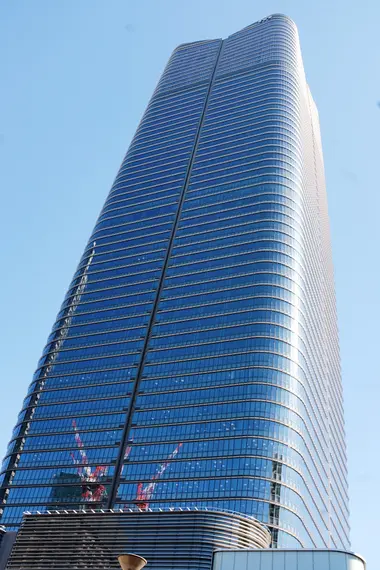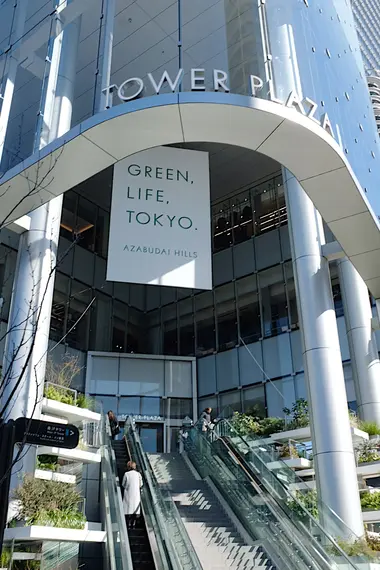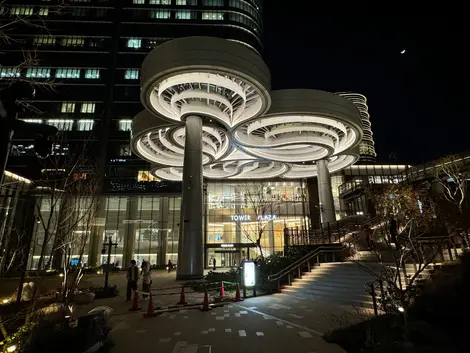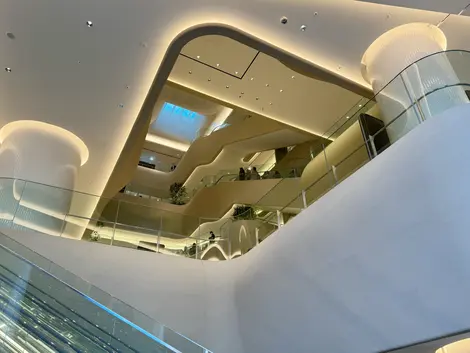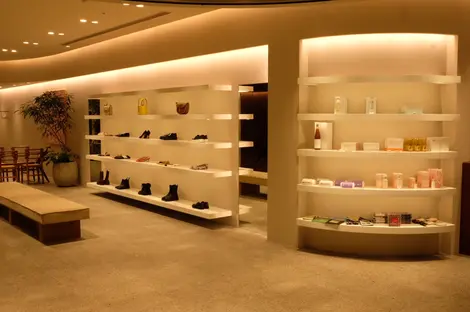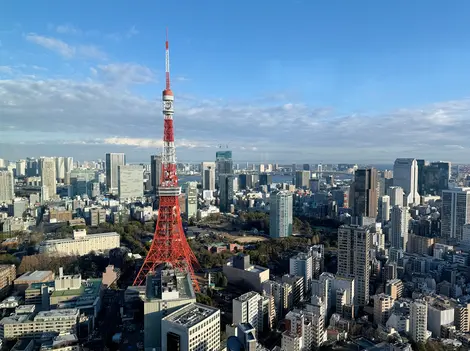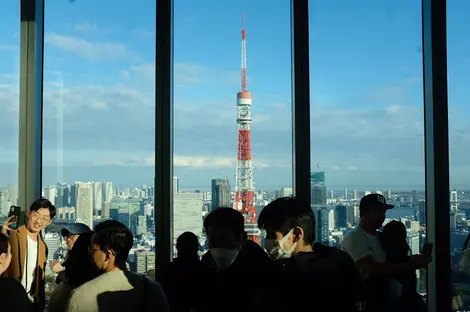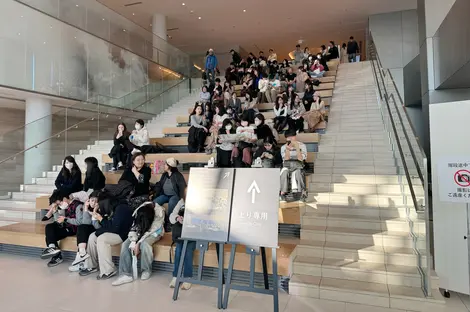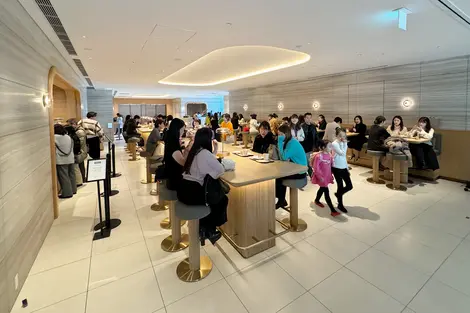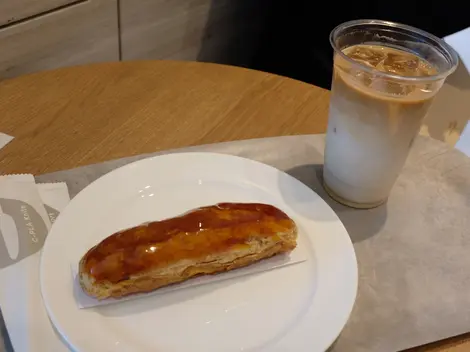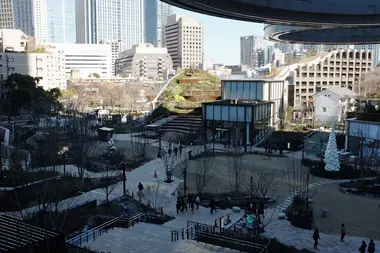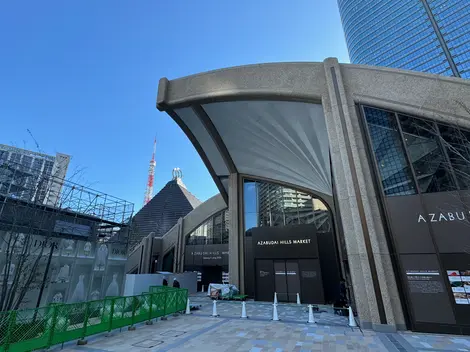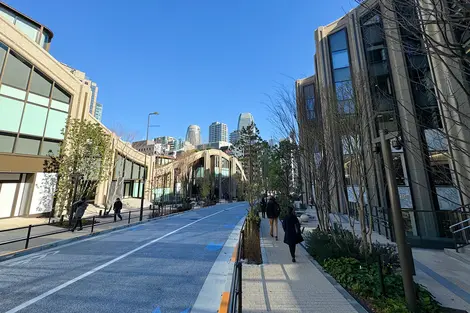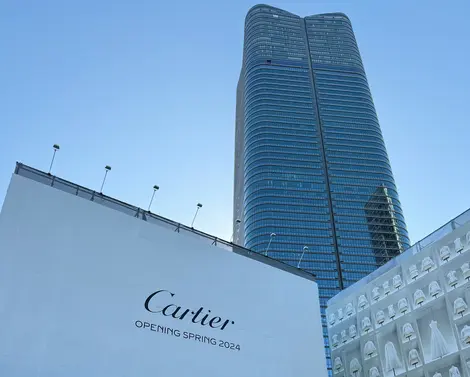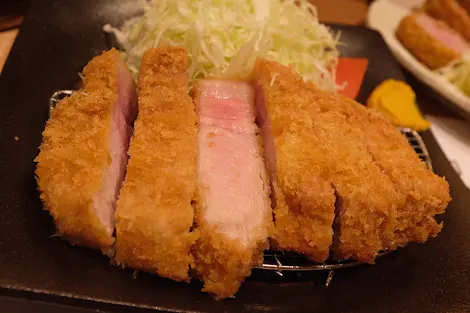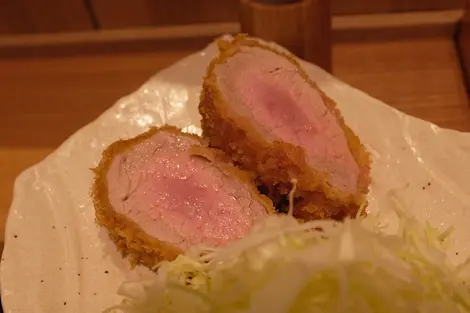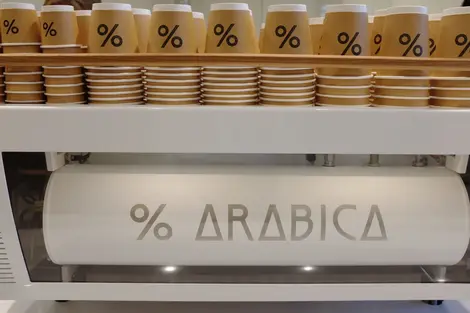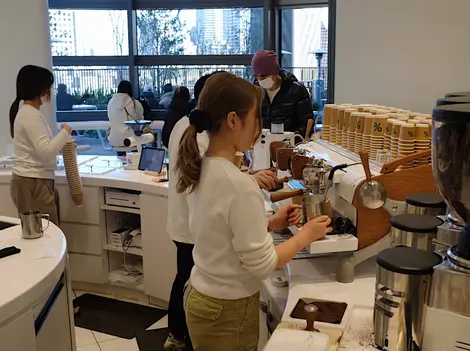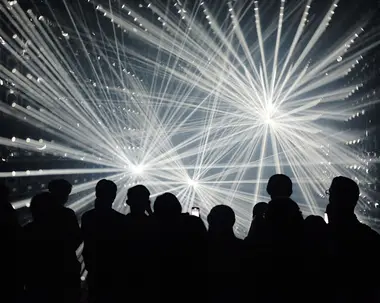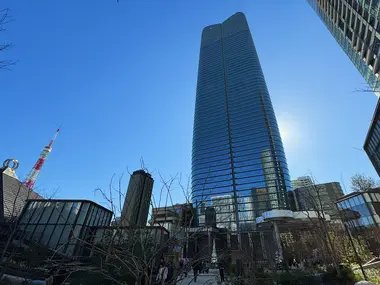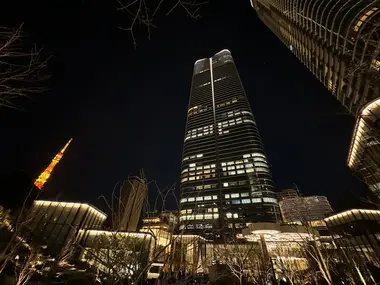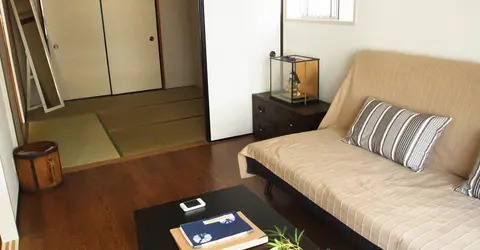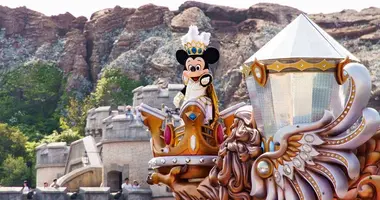Azabudai Hills: Japan's tallest building blends commerce and culture
- Published on : 22/02/2024
- by : Joshua Mueda
- Youtube
The newest addition to the Mori JP Development Project roster of skyscrapers in Tokyo, Azabudai Hills, stands as the current tallest building in Japan, only being eclipsed by Tokyo Skytree which remains the tallest standing structure in Japan. The building stands in central Tokyo in the proximity of its sister constructs, Roppongi Hills and Toranomon Hills, all of which were designed by the revered Pelli Clarke Pelli Architecture Firm of Argentina. With the completion of Azabudai Hills, the three skyscrapers stand as distinguished symbols of central Tokyo.
But aside from the distinguished presence Azabudai Hills holds among the city’s skyline, it simultaneously serves as Tokyo’s newest commercial center, boasting a formidable roster of current and upcoming retail stores, restaurants, and other attractions. For Mori JP, the complex was constructed with the essence of the “Modern Urban Village,” with all the needed urban facilities intertwined with greenery and nature in a lived-in environment. Let’s take a look at some of the best the complex, which has finally been completed nearly 30 years since it was initially conceived, has to offer.
Combining commerce, culture, and residency
Tower Plaza
Azabudai Hills is actually an amalgamation of three separate skyscrapers, along with surrounding retail grounds and a central plaza. The primary construction, Azabudai Hills Mori JP Tower, stands as the current tallest building in all of Japan at 325 meters. At the base of this tower is “Tower Plaza.” Tower Plaza serves as a commercial center within the Mori JP Tower, consisting of six floors and a basement.
The basement and first four floors are home to a number of retail shops, restaurants, and cafes, while the fifth and sixth floors serve as the Keio University Center for Preventative Disease.
Retail locations include well-established brands like United Arrows, Lululemon, and Denham, along with some specialty shops selling things such as designer clothing, books, interior goods, and even luxury towels.
There are a number of quality coffee shops and cafes inside, including the signature Azabudai Hills Cafe and a tried-and-true Starbucks in the basement, as well as a location for %Arabica, a reputable coffee shop from Kyoto specializing in single-origin coffees brewed for both espresso drinks and drip coffee in Chemex decanters. A majority of the restaurants in Tower Plaza are on the third and fourth floors, boasting a wide variety of different cuisines in a number of price-ranges. Of note, the main shop for world-renowned Sushi Azabu is located here.
33rd and 34th Floors
Azabudai Hills takes advantage of its status as the tallest building in Japan with an impressive observation deck on the 33rd floor known as the "Sky Lobby", accessible via elevator from the lower floors of the Tower Plaza and completely free to access! From here, an unobstructed view of the sprawling Tokyo urbanscape and the nearby Tokyo Tower can be seen and even a view of Mount Fuji in the distance on clear days! On this same floor, there is the building's signature “Dining 33” restaurant, open for both lunch and dinner. There is also an exclusive member’s lounge on this floor as well.
The Grand Staircase connects the 33rd and 34th floors, and on the 34th floor there is the Hills House Sky Room Cafe and Bar, serving quality drinks, pastries, and more while providing a fantastic view from the high-rise floor.
Aman Residences
From the 53rd to the top floor of Mori JP Tower is the Aman Residences, a partnership with the Mori JP Development Group and the Aman Group, the luxury resort and hotel network. The Aman hotel in Otemachi, Tokyo, is actually the most expensive hotel in all of Tokyo, catering to frequent travelers, celebrities, and the like. The combination of these two entities results in the most luxurious residences in the entirety of Tokyo.
Central Green
Outside the southern exit of the Azabudai Hills Mori JP Tower is the Central Green Plaza. Per its name, the plaza has a collection of grass and trees dispersed throughout sidewalks and other structures. From the Central Green, a great view of the surrounding buildings and the iconic Tokyo Tower can be seen from the distance, and pictures from this spot are quite popular. The Central Green is also one of the best spots to get an unobstructed view of the Mori JP Tower. There are a couple of stands in the Central Green, including a dessert creperie and one selling merchandise for Azabudai Hills, such as tote bags and water bottles.
Azabudai Hills Market
The Central Green leads into a number of other facilities that make up the Azabudai Hills complex. Near the center is the Azabudai Hills Market, which is slated to open in the spring of 2024. There will be a set of a number of different restaurants and food vendors opening in this building upon its completion. Notable examples include a new location for the iconic Sushi Saito, Maehara Unagi, and the third-wave coffee institution, Ogawa Coffee Laboratory.
Garden Plaza A-D
While the Tower Plaza inside the Mori JP Tower boasts some of the complex’s most attractive spots, the series of Garden Plaza buildings (marked A through D) are being set up to be the most premier commercial site for Azabudai Hills. While many of the planned shops are in preparation to open later in 2024, the roster rivals some of Tokyo’s other glamorous neighborhoods, such as Ginza, Aoyama, and Omotesando. New flagship shops for Italian designer-wear and leather goods specialist Bottega Veneta, storied French jewelry manufacturer Cartier, venerable fashion house Dior, and iconic peddler of the finest luxurious goods, Hermes, have their opening dates fast approaching.
Within the basement network of the Garden Plaza and scattered through a few of the buildings as well, there are a number of premier restaurants of varying cuisines and price ranges. These include the acclaimed Ramen restaurant Rage, Tonkatsu specialty shop Kawamura, Takao-based Tempura restaurant UMU, and many more. There is also another location for %Arabica. Inside Garden Plaza D, the second floor is occupied by the acclaimed two-star French restaurant Florilege. While the waitlist is long, it serves as a worthwhile dining experience that perfectly accompanies the elegance of the Azabudai Hills complex.
Galleries, Museums, and Exhibit Halls
A majority of tourists visiting the Azabudai Hills complex will likely be coming to see the TeamLab Borderless digital art exhibit. The exhibit, located in the Mori Digital Art Museum in the basement of the Garden Plaza buildings,was originally located on Odaiba in Tokyo and re-opened on February 9, 2024, after a two year hiatus. There are returning classic installations along with some new additions for visitors to see.
The Pace Gallery is set to open later in 2024 and will be located in Garden Plaza A. This gallery will specialize in contemporary and world art. Another staple exhibit hall of Azabudai Hills is the namesake Azabudai Hills Gallery which is currently holding its opening commemorative exhibit featuring the work of Icelandic-Danish artist Olafur Eliassur up to March 31st, 2024. However, expect to see an impressive array of unique, contemporary exhibits featured in the space in the feature.
Read more about TeamLab Borderless reopening at Azabudai Hills!
Reaching new heights
Holding a title such as “tallest building in Japan” puts a lot of pressure on the Azabudai Hills project. A necessity to provide visitors who will come solely on the merit of the building’s height with worthwhile activities is a tall task (pun fully intended). However, with a solid basis of shops and restaurants, art galleries and museums, and one of the best views to see in the entire city completely for free, Azabudai Hills will only become an even more worthwhile mainstay of the Tokyo experience, especially as it further develops as time passes.

